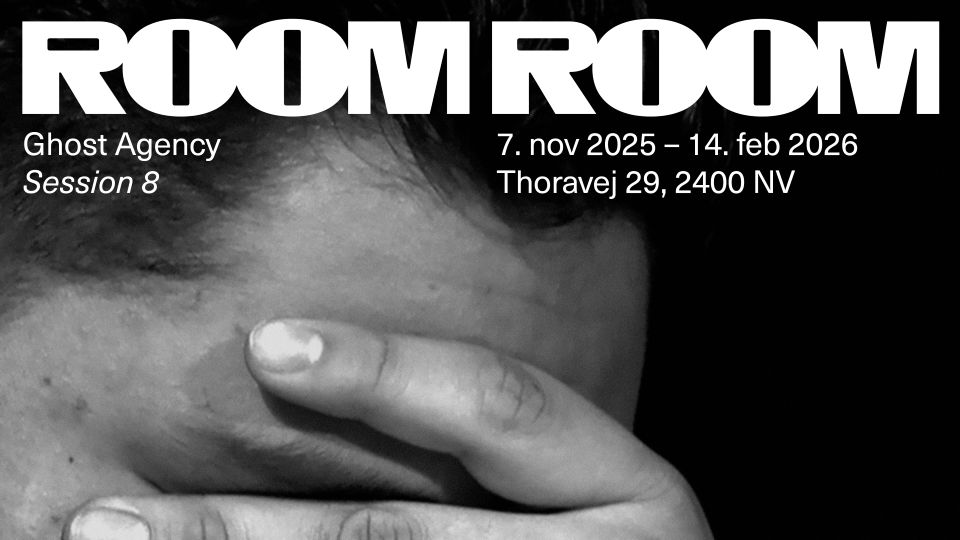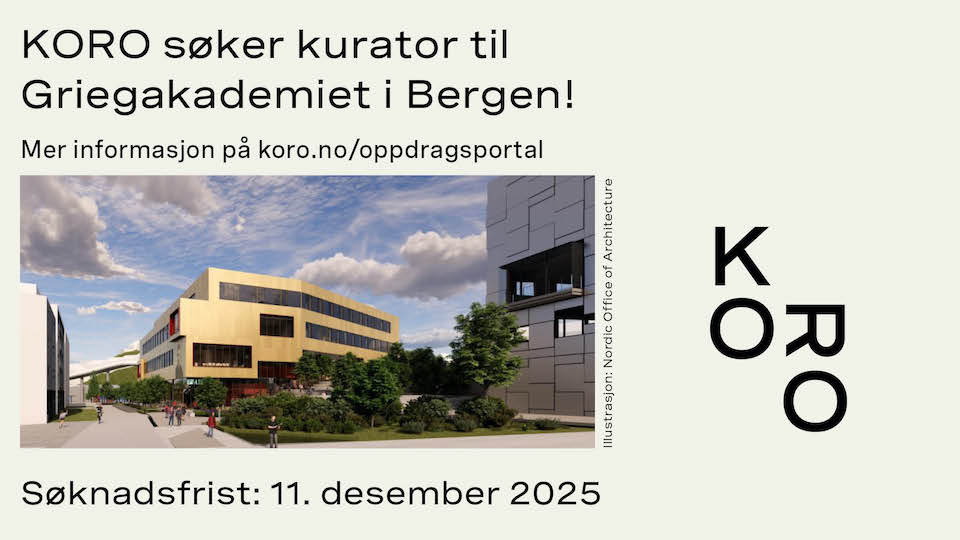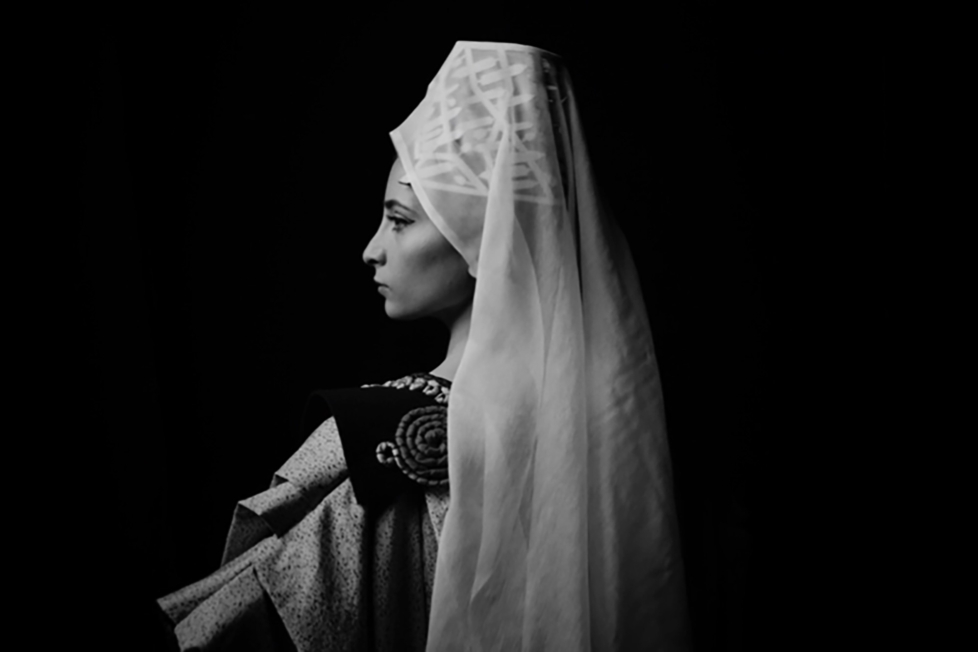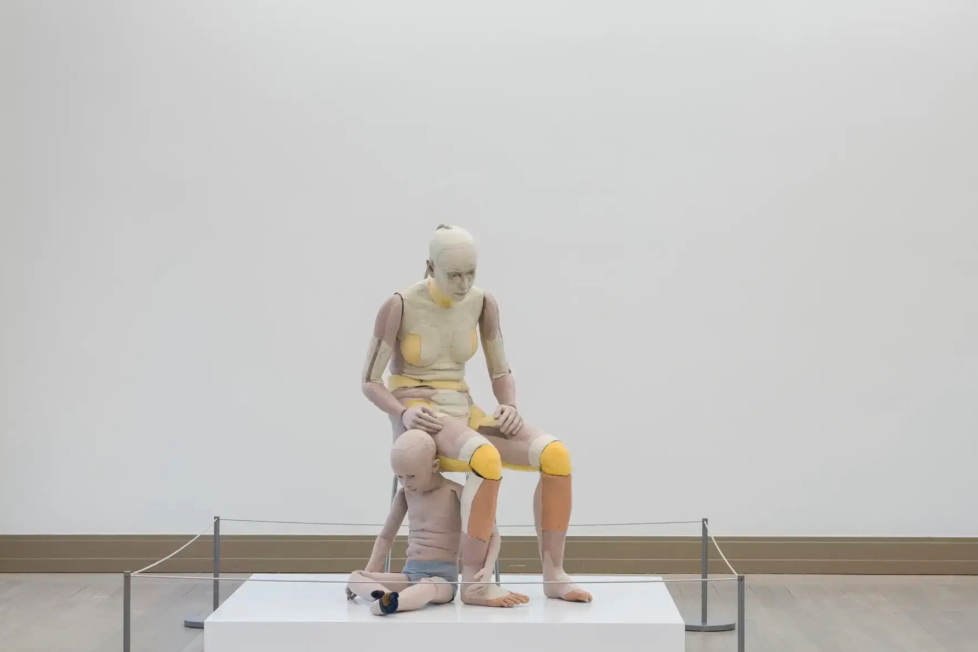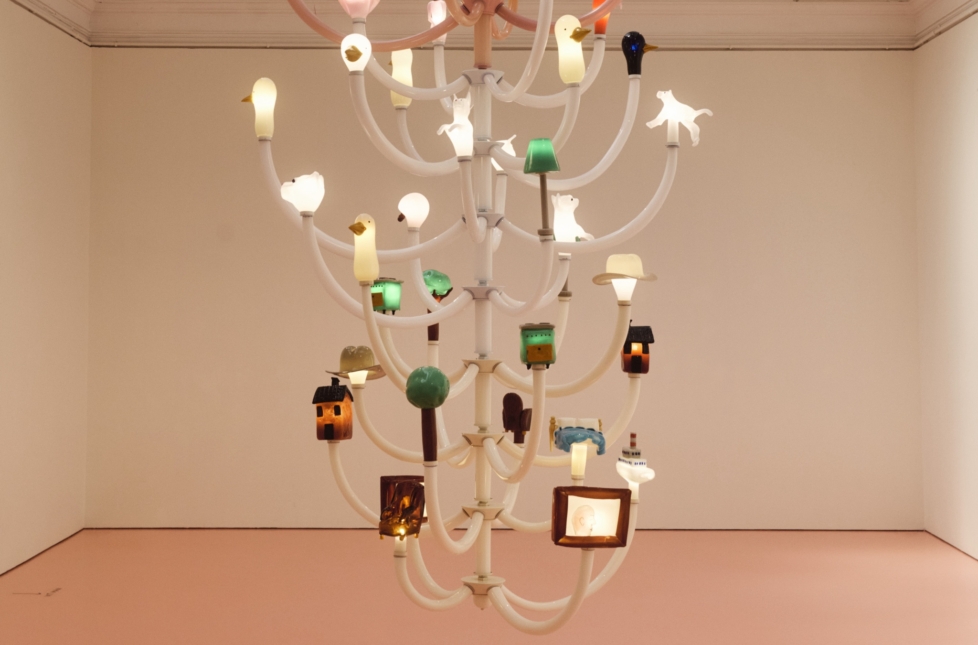
Camille Norment is just the sixth artist since the year 2000 to exhibit in both the Nordic Pavilion during the Venice Biennale and in Bergen Kunsthall as an official festival artist. With this, Norment has been assertively positioned as belonging among Norway’s foremost contemporary artists (in addition to enjoying an impressive international career, of course). And although the list also includes the Danish-Norwegian duo Elmgreen & Dragset, American-born Norment – who has lived in Norway since 2004 – is the first-ever artist without Norwegian citizenship to have been given both of these assignments. The point is worth acknowledging at a time when the Norwegian state budget now points towards financially excluding the lion’s share of the world’s population from Norwegian art education (and other higher education) in the future. And it is worth noting that the art world’s increasing progressiveness is playing out within a political landscape that is growing more reactionary in many respects.
This introductory remark may be a little beside the point of the exhibition I am trying to review. But I suspect that Norment herself would not have been a complete stranger to reading her own exhibition in the light of such a political situation. As a former professor at the Oslo Academy of Fine Arts, she knows about the non-European students’ problems when tuition fees are introduced. And, using the concept of “cultural psychoacoustics,” she wants to investigate socio-cultural phenomena through sound and music. The way sound connects with our entire being is a fundamental point here. In the exhibition’s four rooms, Norment emphasises invisible – at times barely audible – connections between history, power, matter, and experience.

It is perhaps no surprise, then, that this exhibition is not an overwhelming visual experience. Yes, the works possess great variety in expression, with metals such as brass, iron, and steel featured in key roles. And it forms an integrated whole without having just one simple formula explaining the link between the various parts. But these works don’t exactly fill the halls. Presumably, the ubiquitous sound is meant to do that instead. The first room contains a small group of ascetic wooden benches (What Stirs Between, 2023), on which you can sit and feel the flowing sound of processed voices reverberating in the wood. In keeping with the wellness trend that characterises so much of the art world now, the information provided about the work also instructs us to breathe slowly, look inward, find our body’s “own harmony and dissonance,” and so on. Not quite my cup of herbal tea, but okay.
The New Age vibe – and the instruction to direct our attention toward ourselves – reappears in the innermost gallery where two baoding spheres – the Chinese metal balls made for rotating in the hand – rest in a brass bowl (Everyting but Noting, 2023). But here, we encounter a completely different atmosphere than in the breathing exercises found at the beginning. Because, suddenly, the spheres are set in motion by two electromagnets – apparently activated by the presence of the spectator – hidden in a pair of headphones affixed to the bowl so that the balls suddenly start a merry dance while making a kind of music against the brass bowl.
Combined with the punning misspelled title and the rosette of drum kit legs to which the bowl is attached, this produces a disarming and uplifting sense of humour. And when we turn 180 degrees, we are faced with Frisson (2023) yet another glossy metal sphere so large that we can’t escape our own reflection on the surface. And when the last work in the room is a non-dimensional point on the wall – meaning a purely imaginary entity that does not actually exist (The First Conscious Moment, 2023) – it becomes clear that here we are invited to reflect (ho ho!) on the audience’s active participation in the work and the relationship between idea and materiality.

The mood is considerably more solemn in the adjacent gallery, where the rusted fragments of a circle made of from remnants of railway tracks and building materials are lined with speakers so that the sound of cutting and clattering teeth can be heard ringing in the steel shapes (Coil, 2023). It all points towards a critique of modernity based on exposing the suffering and exploitation that have always been the flip side of so-called progress. But the sound is too emblematic for me to be able to take it completely seriously. Similarly, the wall-mounted works in the same room (Effervescent Gravities 1–3, 2023) seem rather too simple both in terms of how they were produced and what they intend to display: iron filings spread over plastic film lie in patterns created with the help of sound waves, magnetism, and gravity. The results look too much like experiments from a science museum’s education department to be really stimulating.
Things are very different in the case of the main work in the show (Untitled (Bellhorn), 2022), originally created for Norment’s exhibition Plexus at Dia:Chelsea in New York last year. A large brass horn without a mouthpiece stands in the middle of the enormous main exhibition hall, with something resembling a drop or a microphone hanging above it. Four actual microphones are suspended from the ceiling, pointing towards the horn from their separate corners. They pick up the sound of the audience, which is then sent out through the horn, mixed with other sounds, only to be picked up by the microphones again so that feedback is created within a register programmed by Norment. This playful manipulation of signal, feedback, and noise is fascinating, rich, and beautiful. Visitors can focus their attention in any number of directions. Regardless of whether it is due to the aspect of audience participation, Norment’s composition of the algorithm that controls the sound processing, or the work’s more or less accessible references to African American culture and history, there is good reason to stay here for a long time.
Discussing the work in The New York Times, critic Jason Farago thought that its use of radio recordings – essentially just static noise – from various social and political meetings and movements in the 1960s and 70s was unnecessary. I do not quite grasp what these recordings are doing here, but I rather find myself thinking that such a historical anchoring in political communities is an absolutely necessary element in an exhibition that might otherwise easily get lost in the infinite regress of individual perception. Finely balancing individual experience against the awareness of a collective history, Norment shows herself to be a great artist.






